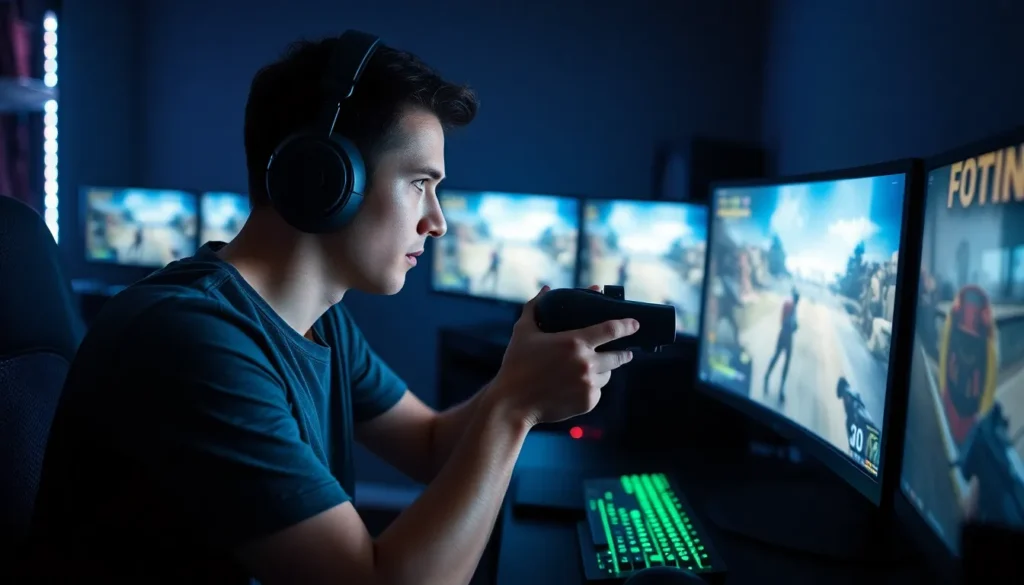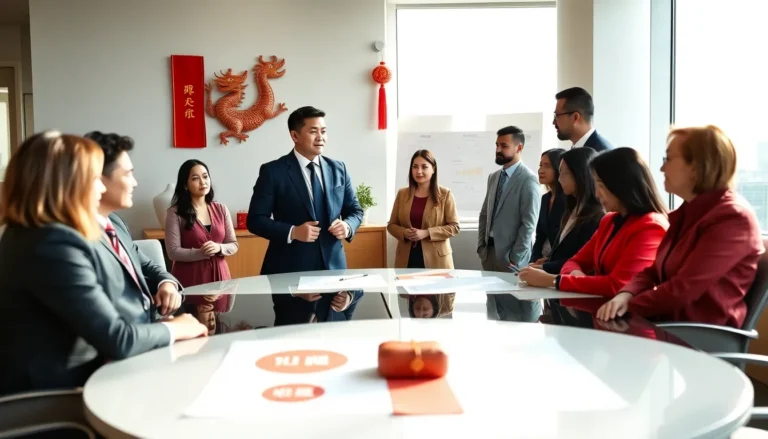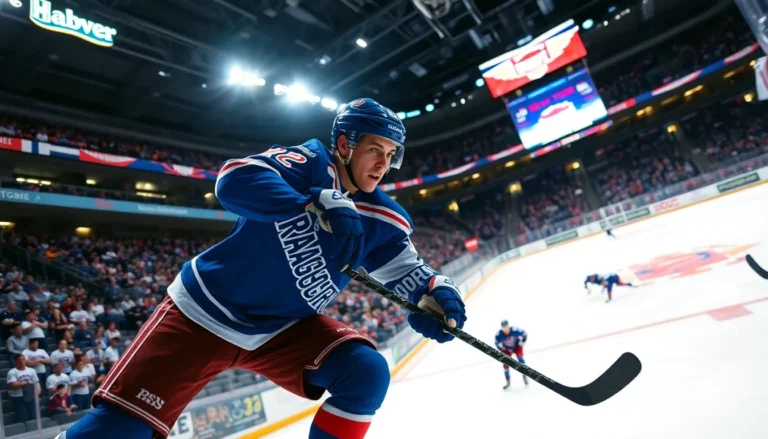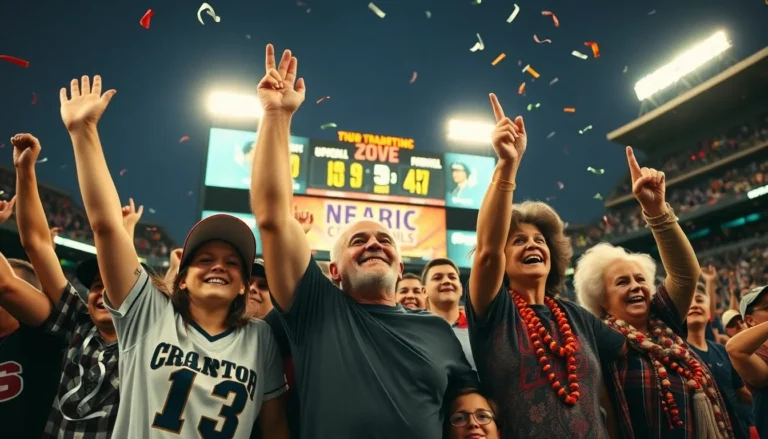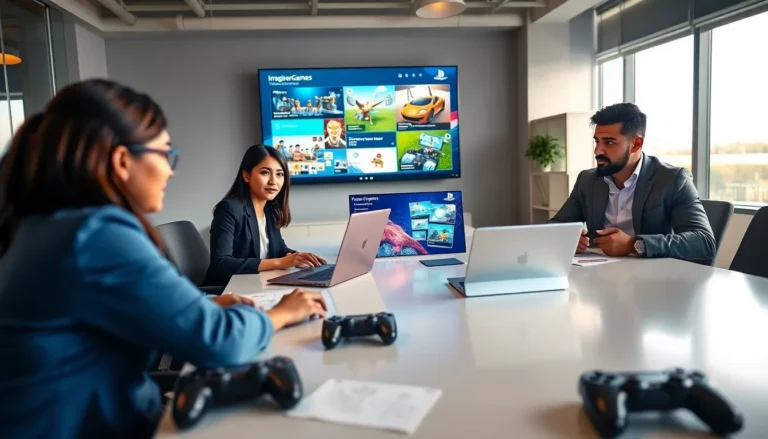Table of Contents
ToggleIn the fast-paced world of first-person shooters, timing is everything. Imagine charging into a room, only to find yourself staring down the barrel of an enemy’s gun. Ouch! That’s where prefire tactics come in, turning the tables from a certain defeat to a glorious victory. Mastering these techniques can make the difference between being the hero or the zero in your gaming squad.
Understanding FPS Prefire Tactics
Prefire tactics represent a strategic approach in first-person shooter games. These methods allow players to anticipate enemy movements and react effectively.
Definition of Prefire Tactics
Prefire tactics involve shooting at specific locations before encountering an enemy. Players predict the enemy’s position and fire preemptively. Timing plays a crucial role in this strategy. Effectively executing prefire requires knowledge of map layouts and common enemy positions. Mastery of sound cues and player behavior enhances prediction accuracy. Many players develop patterns to optimize their prefire techniques.
Importance in First-Person Shooters
Prefire tactics significantly impact a player’s performance in first-person shooters. Gaining the upper hand in gunfights often results from well-timed prefire shots. Players using these tactics can secure kills before opponents react. Effective prefire can also create control over high-traffic areas on the map. Utilizing prefire strategies frequently leads to enhanced team dynamics and successful game outcomes. Players aiming for competitive edge must integrate these tactics into their gameplay.
Strategies for Effective Prefiring
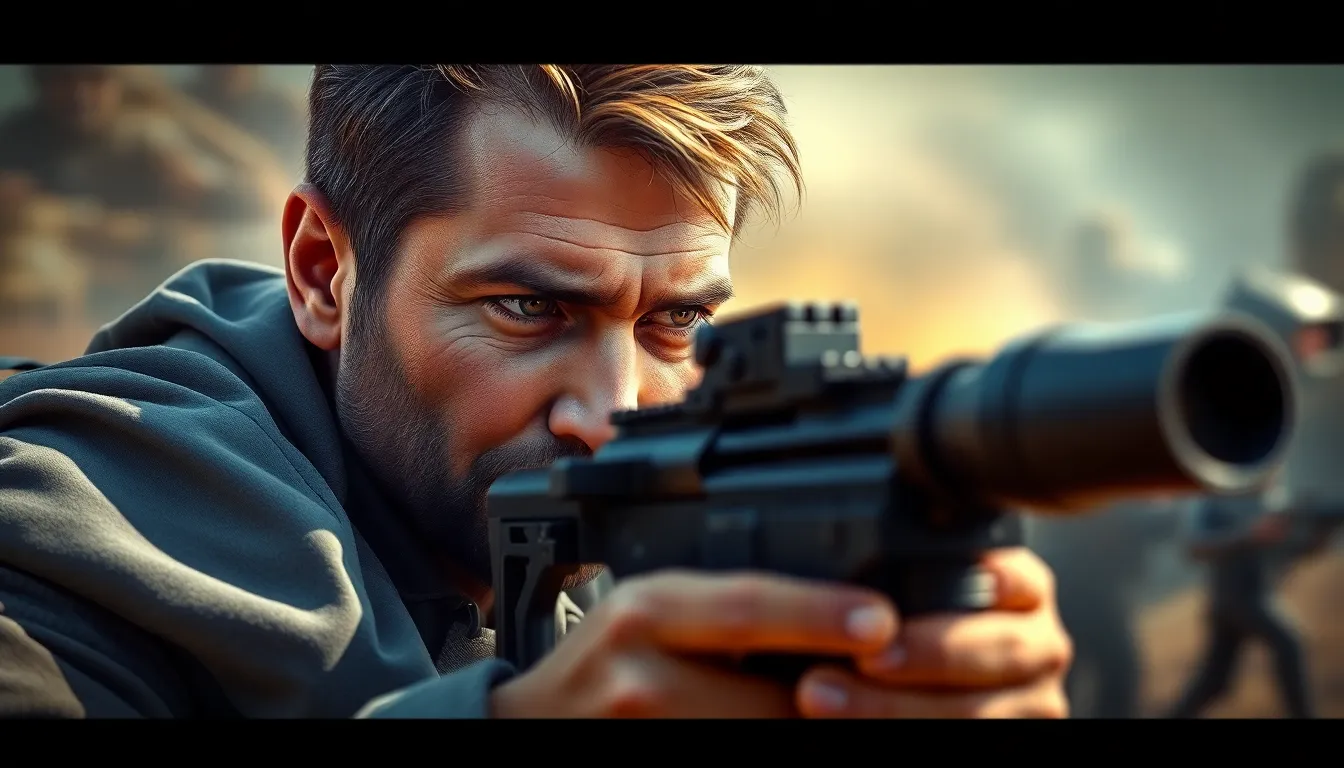
Effective prefiring strategies hinge on two main elements: timing and recognizing enemy positions. Mastering these aspects can elevate a player’s game significantly.
Timing Your Prefires
Timing is crucial for successful prefires. Players must anticipate enemy movements and create opportunities to strike. Firing a moment before an enemy arrives at a strategic choke point increases kill chances. Listening for in-game sounds, such as footsteps, can enhance this anticipation. Utilizing map knowledge further helps in aligning shots with expected movements. Engaging enemies while they are unaware or distracted leads to higher success rates.
Recognizing Common Enemy Positions
Understanding common enemy positions allows players to predict where opponents might be hiding. Familiarity with popular spots on each map is essential. Enemies often occupy specific areas that offer tactical advantages. Players should analyze previous matches to identify patterns and potential spots for enemy ambushes. Maintaining awareness of the game flow provides additional insights into enemy likely retreats or advances. Reacting accordingly can transform these moments into critical kills.
Tools and Techniques to Enhance Prefire Success
Mastering prefire tactics requires the right tools and techniques. Players can significantly improve their performance by focusing on map knowledge and sound cues.
Maps and Knowledge
Understanding maps plays a critical role in prefire success. Familiarity with layouts helps players identify common enemy positions and choke points. Each map has specific spots where opponents frequently hide or enter. By studying the environment, a player can predict enemy movements and enhance strategic planning. Implementing this knowledge during gameplay leads to more successful prefiring and greater control over engagements.
Utilizing Sound Cues
Sound cues serve as vital information sources in first-person shooter games. Players should listen for footsteps, reloads, and other in-game noises. Such sounds can indicate an enemy’s presence nearby. Maintaining audio awareness allows players to anticipate when to prefire effectively. Engaging with sound cues enhances reaction times and promotes precision during critical moments. Prioritizing auditory elements often leads to improved situational awareness and overall gameplay performance.
Improving Your Prefire Skills
Effective prefire strategies hinge on practice and analysis. Players must actively work on refining their technique and approach.
Practice Scenarios
Creating practice scenarios enhances prefire skills. Players can simulate specific situations, such as encounters in choke points or common ambush spots. Focusing on map knowledge allows players to identify likely enemy positions. Engaging in local training sessions, or using custom game modes, helps build instinctive reactions. Experimenting with various angles and timings also contributes to mastery. Regularly practicing enables players to anticipate movements and react faster during actual matches.
Reviewing Gameplay Footage
Reviewing gameplay footage provides valuable insights. Players can analyze their prefire decisions, noting successful shots and missed opportunities. Observing positioning can reveal areas for improvement, whether it’s timing or aim accuracy. Identifying patterns in enemy behavior often leads to better anticipation in future matches. Additionally, cross-referencing with top-tier gameplay can highlight effective prefire techniques. This structured analysis fosters a growth mindset, empowering players to elevate their performance over time.
Mastering prefire tactics can significantly elevate a player’s performance in first-person shooter games. By anticipating enemy movements and utilizing map knowledge, players can create opportunities for decisive kills. The combination of timing and awareness transforms gameplay, allowing players to control critical areas and secure victories.
Continuous practice and analysis are vital for honing these skills. Engaging in targeted training scenarios and reviewing gameplay footage provides insights that foster improvement. With dedication and strategic execution, players can integrate prefire tactics into their gameplay, gaining a competitive edge and enhancing their overall gaming experience.

